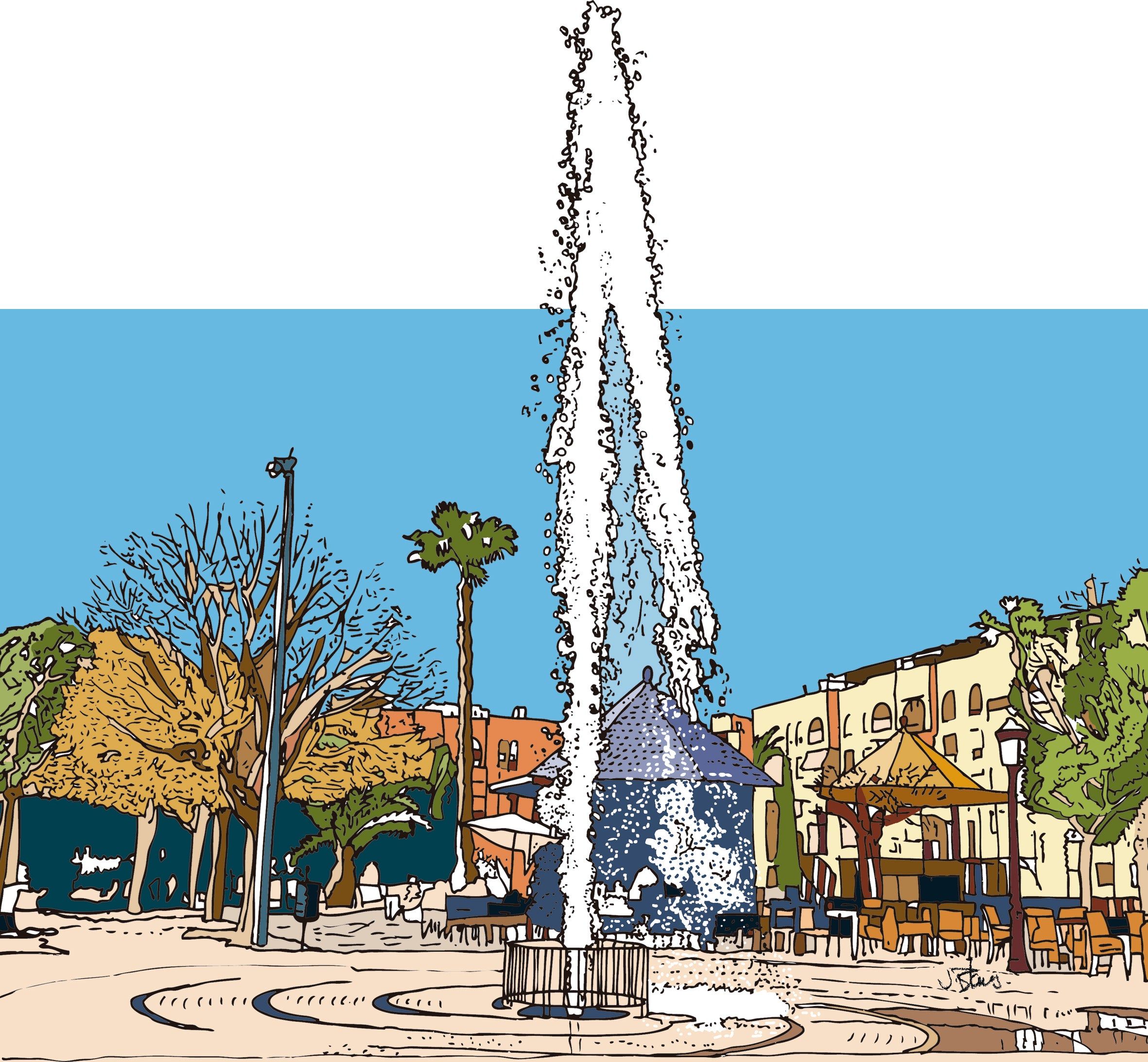The declared intention of the author of ‘The Cities of Water’, Fernando J. Abadaims to offer readers a kind of initiatory trip to know realities curious of different pueblos of Alicante, with the common link of the water resource. «At least, that this book can serve as a privileged window. The following is already known: road and blanket ».
And to look out, nothing better than some Illustrations of Vicent Blanes that provide colorist graphics with a personal aesthetic, sometimes impressionistic effect portraits of more frequent prints photographed than drawn. In short, that gives a singular touch to the book.
Surely when visiting these corners of the Costa Blanca again, after entering these pages, one will see with different source or place look, a flowery garden and a ravine.
Because Abad has investigated to collect a rich information in this book edited by Hidraqua And with contributions from Agamed, Aigües d’elx and Aguas de Alicante, companies of the group that manages the water cycle in most of the territory of one of the provinces of Spain where it has become the most precious good.

Examples of these curiosities are to choose from. As the author of the fuente Luminous of the Gabriel Miró Square from the capital –Carlos Buigas– It is the same artist as a very famous one, the Montjuïc in Barcelona. Or that Guardamar del Segura offers that stamp so atypical forest attached to the beach for its historical struggle of centuries to stop the so -called «Mobile Duna»That he tries voraciously to engulf their houses to immerse them in the sea (and with some, he has succeeded).
Also, there were until eight mills of water in an Ibi ravine to grind wheat and flour, and that 221 “eternal” pipes From the source of the Orihuela jets were originally 11.

About economic activities, the variety covers from the production of sal In Santa Pola El Universal nougat from Jijona, two of the best known outside the limits of the province, to others such as the pottery of Agost, or of course orchards RICAS DE LA VEGA BAJA (in Benijófar, Algorfa, San Fulgencio ….)
«They don’t even imagine immense heritage Historical, cultural, ecological, human, which we have ”, encourages reading Fernando J. Abad, in its introduction (the long journey ‘) to this retrospective about 52 municipalities In documented reports with profusion of dates, protagonists of local history and, especially, personal descriptions of the author at street level, place and corner of exceptional views.
Always, with the common denominator and the rudder of the story in the water. That, in a land condemned to chronic droughts, where its future depends on that element.









